Rack Linear Synthesizer

The rack version of the D-50. Here’s an audio contribution from a reader – a demo of several of its presets:
Roland D-550 audio demo
Roland D-550 manual
Roland D-550 links
Rack Linear Synthesizer

The rack version of the D-50. Here’s an audio contribution from a reader – a demo of several of its presets:
Roland D-550 audio demo
Roland D-550 manual
Roland D-550 links
analog monosynth
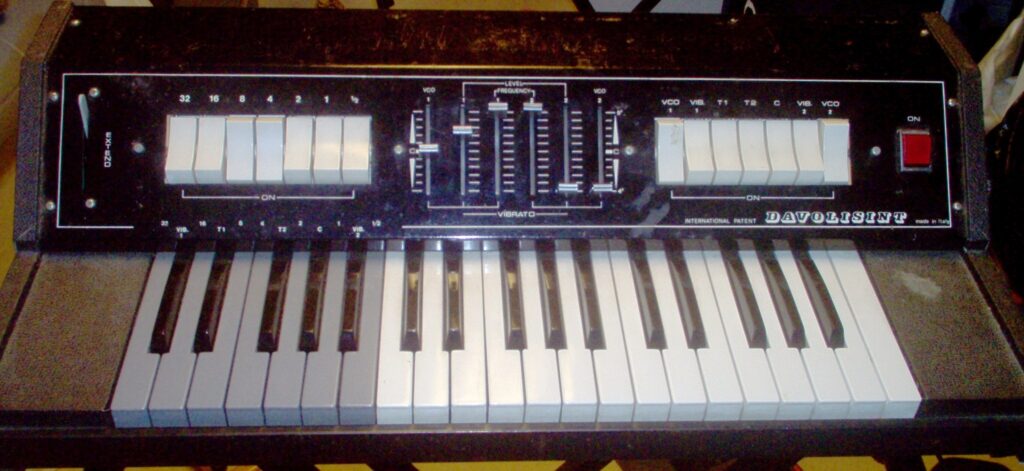
Here we have a very cool monosynth from the early ’70s, the Davolisint!!!
It is a very compact and relatively light synthesizer, well built to last. It has an unusual design (perhaps the reason for this was to keep cost down), seen that while it has two VCOs (YES!), there are sadly no filters or envelopes.
Let’s do a rundown of the main panel:
From the left, there’s a funky looking lever labeled “EXTEND”. This is a pitch-bend lever, that bends the sound up to one full octave (you pull the lever down and the pitch goes up, go figure) It is a very useful features and allows the typical 1970s synthesizer expression. It is spring loaded and it returns to its original state, somewhat more slowly than we are used to have pitch benders return, these days.
Then there’s a set of seven white rocker switches labeled 32 to 1/2. These are simply the footage switches for the basic waveforms (similar to an electronic organ). You can have them all on at the same time, or mix and match as you please.
In the middle of the panel there are six sliders: the first controls the VCO 1’s pitch (fine tune, up 1 tone, down 1/2 tone); the next four control the vibrato frequency and intensity, independently for both oscillators. Then there’s VCO 2’s pitch slider: this offers a larger pitch excursion than OSC 1, going up one full octave, and down almost one octave (great for those detuned Moog-like synth lines).
To the right of the panel there are seven more white rocker switches: the first one turns on VCO 1, the second and third switch on vibrato and portamento, respectively, for VCO 1 (portamento is indicated with “T”). The fourth is the portamento switch for VCO 2. Then there’s a switch called simply “C”: what it does, it simply turns on the lowest C on the keyboard (on the white keys), to obtain a drone. Why this is, I have no idea. Maybe to tune the other instruments of the band? After the “C” key, there’s a rocker switch to turn on vibrato on VCO 2, and finally a last rocker switch to turn on VCO 2 itself.
A big red switch concludes the front panel. All the switches and sliders are clearly labeled with their functions.
NOTE: The keyboard only offers two octaves (the white keys). The grey set of keys (one octave) to the extreme left is simply a set of keys that act as momentary switches for the same controls that are being offered via the rocker switches. This is probably to offer the performer a more ample range of expression – i.e., it’s easier to engage the portamento momentarily, using the grey keys, and more expressive than just turning the rocker on the whole time. Well, this is also debatable.. I would probably have preferred another octave to play, rather than having this basically – repeated – set of controls.
Yes, but how does it SOUND??? Well, scroll down to hear examples from this Italian beauty; it actually sounds pretty good! While the main character is simple, the tones achievable and certainly fat, very expressive, and quintessentially ANALOG. In certain settings, and with the right technique, you can even achieve a Minimoog-type sound, and that’s a BIG compliment!!! Of course, this is a lot simpler than a Mini, but if you can’t afford the old faithful, this is a fun alternative!
Davoli Davolisint audio demos
(I ran the synth through a Lexicon MPX-1 multieffect)
Davoli Davolisint photos
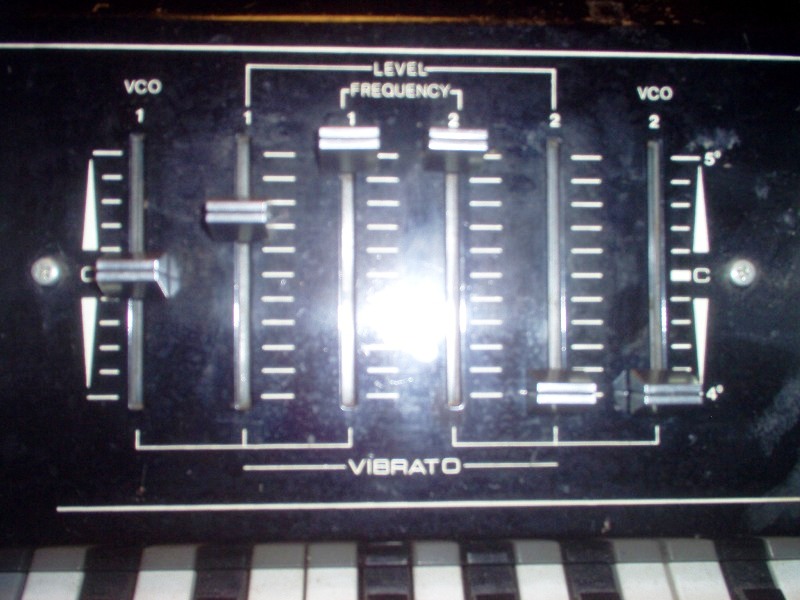
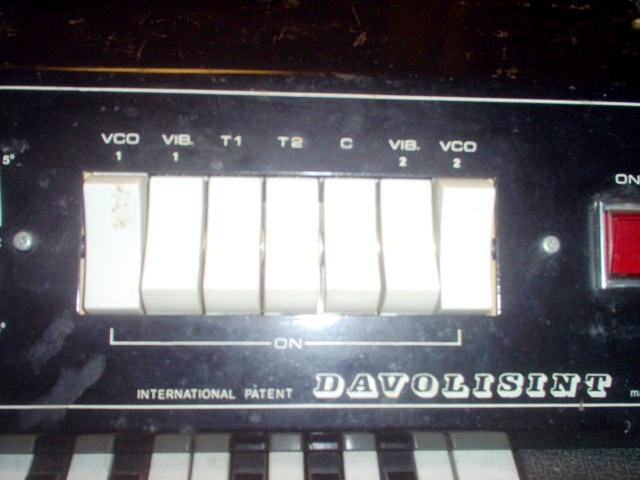
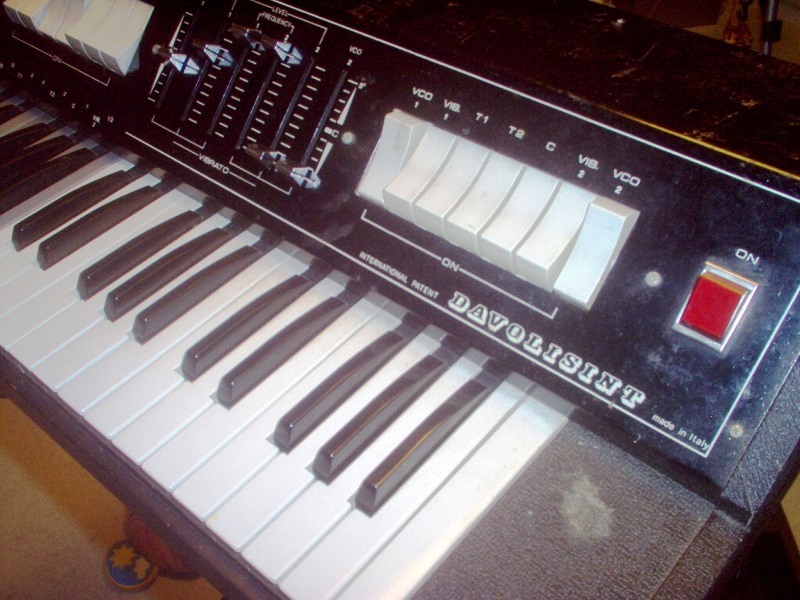

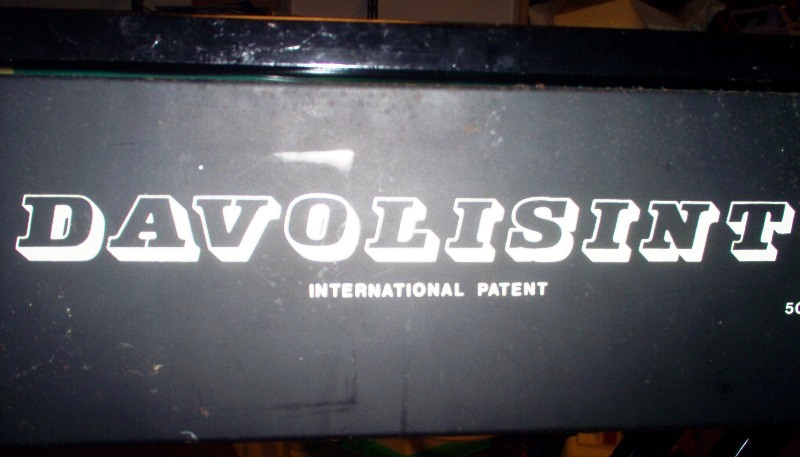
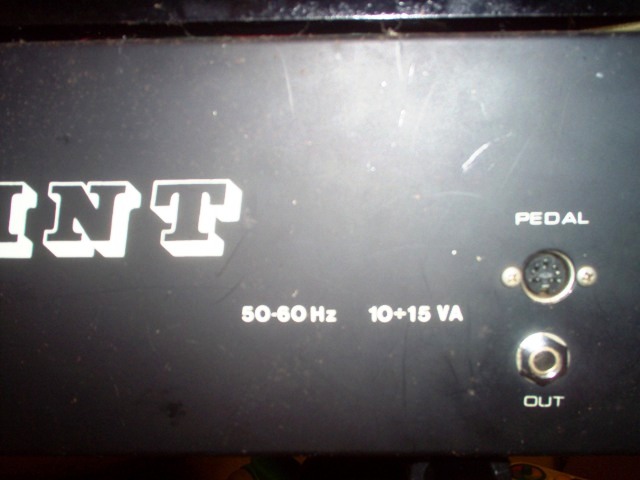
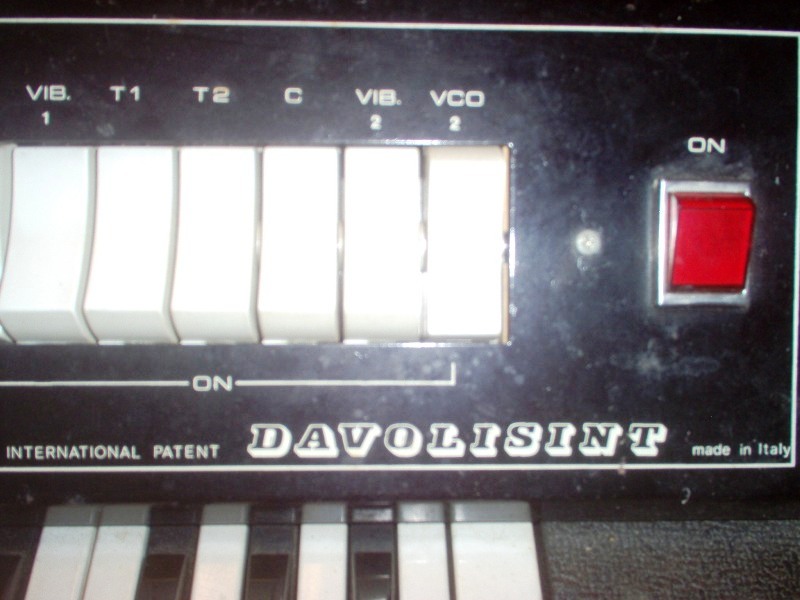
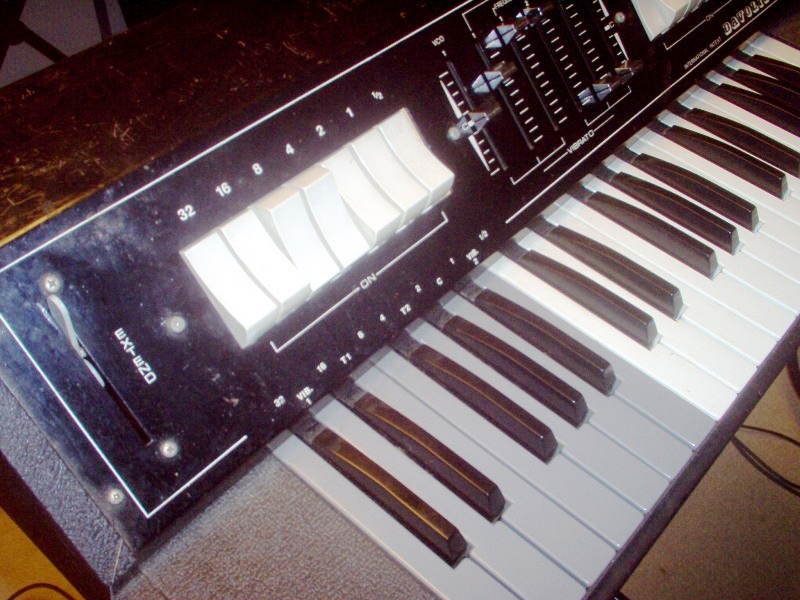
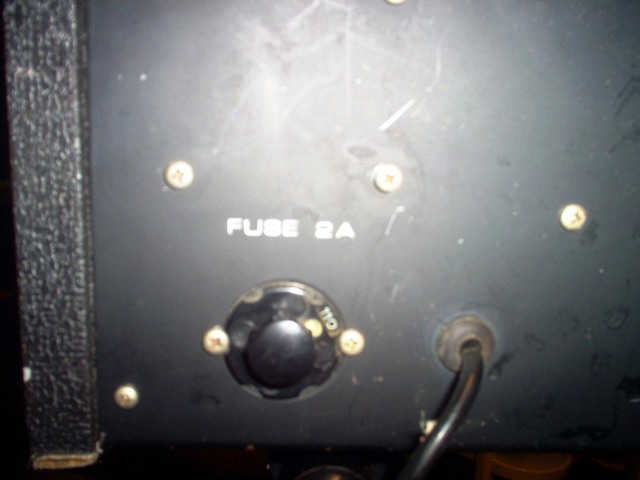

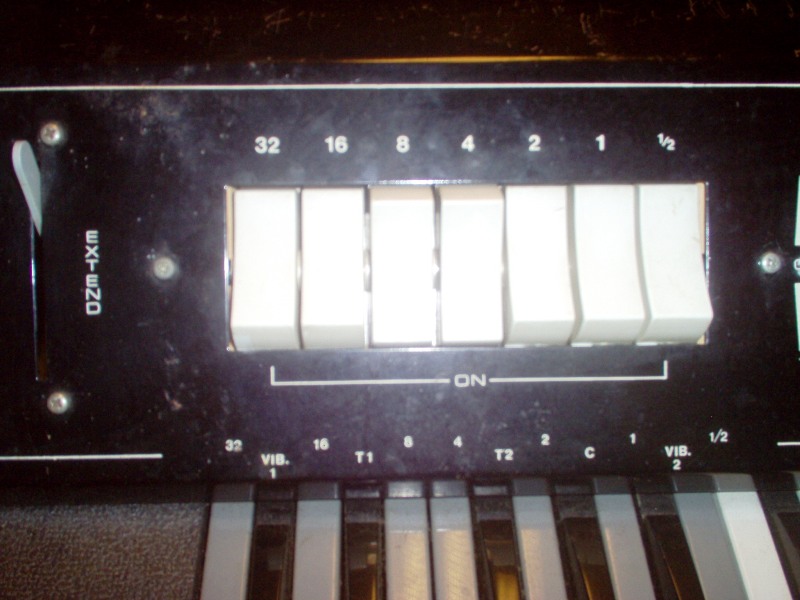
Davoli Davolisint manual
Not found yet
Davoli Davolisint specs
| Year of release | 1972 |
| Polyphony | monophonic |
| Sound generation method | 2-VCO |
| Preset memories | no |
| MIDI | no |
| Sound expansion capabilities | no |
| Sequencer | no |
| Arpeggiator | no |
| Effects | portamento |
| Touch sensitivity | no |
| Aftertouch | no |
Davoli Davolisint links